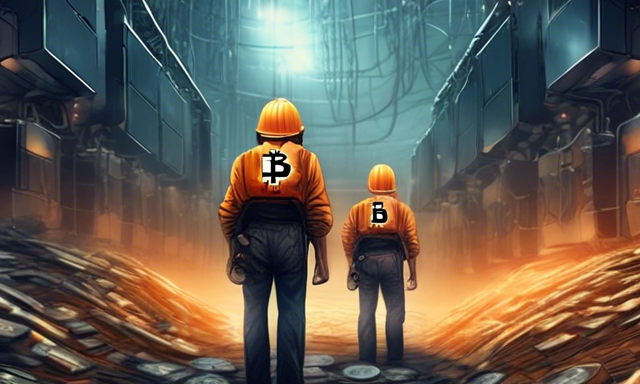Analyzing Solana’s Transaction Processing Challenges
Recent reports indicate that Solana, a popular public blockchain network, is currently facing new challenges related to transaction processing. Analysts have raised concerns about the high transaction failure rates observed on the network, impacting user experience and raising questions about the platform’s reliability. Despite Solana’s reputation for low gas fees and high scalability, these performance issues have raised red flags among users and industry experts.
- User Reports High Transaction Failure Rates
- An analyst highlighted alarmingly high transaction failure rates on the Solana network, affecting user experience and network benefits.
- This performance issue undermines the network’s advantages, such as low gas fees and high scalability, which are vital for user satisfaction and operational efficiency.
Data shared from Jupiter, a decentralized exchange (DEX) aggregator operating on Solana, reveals a concerning trend. The analyst discovered that only 35% of all transactions submitted within a 24-hour period were successfully processed, leaving a significant portion of transactions unfulfilled.
- Concerns Over Transaction Processing Rates
- The analysis showed that a majority of transactions, approximately 65%, failed to go through successfully, indicating a substantial processing bottleneck on the Solana platform.
- On some days, the transaction failure rate spiked to over 80%, significantly impacting transaction completion and network reliability.
Despite Solana’s reputation for high transaction processing speeds surpassing those of Ethereum and Bitcoin, the high failure rates call into question the platform’s actual efficiency. The analyst noted that the misleading transaction success rate calculation creates a false narrative about Solana’s capabilities, especially considering the significant number of failed transactions on the network.
- Misleading Transaction Success Metrics
- The artificially high transaction processing speed due to failed transactions being counted as successes distorts the actual performance metrics of the Solana network.
- Users face additional challenges as failed transactions still incur fees, penalizing them for attempting to utilize the network’s services.
Potential Impact on Financial Institutions like Visa
With the influx of bots flooding the Solana network with low-fee transactions, regular users often face higher failure rates when competing for priority in transaction processing. This disparity in transaction success further complicates user experience and raises concerns about network congestion and reliability.
- Risk for Financial Institutions
- High transaction failure rates may deter major financial institutions, such as Visa, from integrating with Solana, given their emphasis on reliability and high processing speeds.
- Traditional payment system users may exhibit hesitancy in adopting Solana’s technology if the platform fails to address the ongoing transaction processing challenges affecting user satisfaction.
In light of recent developments, the Solana Foundation took action by removing over 30 validators from the subsidy program due to their involvement in facilitating Miner Extractable Value (MEV) bot activities. These actions underscore the ongoing challenges faced by Solana in maintaining network integrity and user trust.





 By
By
 By
By
 By
By

 By
By
 By
By